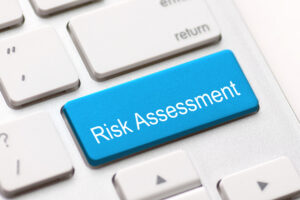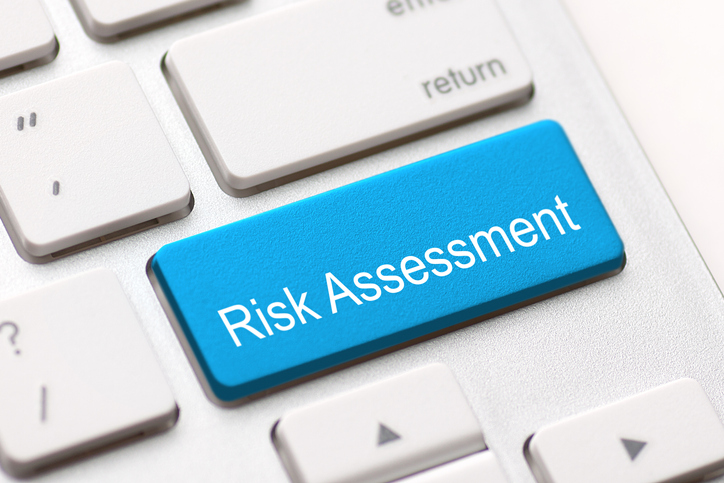 Remember when the Enterprise would hurtle through time and space under the calm direction of Jim and Spock and Dr. Whatshisname? Those were the days, right? Threats were seen in advance, galaxies away, and even shown on the big screen before actual engagement was necessary. And when Captain Kirk found trouble on foreign soil, he punched a few buttons on his iWatch and reappeared on the flight deck. Maybe a few close calls, but no muss, no fuss.
Remember when the Enterprise would hurtle through time and space under the calm direction of Jim and Spock and Dr. Whatshisname? Those were the days, right? Threats were seen in advance, galaxies away, and even shown on the big screen before actual engagement was necessary. And when Captain Kirk found trouble on foreign soil, he punched a few buttons on his iWatch and reappeared on the flight deck. Maybe a few close calls, but no muss, no fuss.
Enterprise Security Management (ESM) has grown more complicated since those early years and now seems to include all risks faced by organizations and threats to core operations. Bear in mind that most of those operations have digital exposure, so there is a cyber component to all of ESM. Managing all of the pieces — and a recent CIO Insight article suggests there are many — can be an onerous task, and one that changes by the minute.
ESM In This Climate
To describe “this climate” is to set it apart from other “climates,” so let’s avoid that trap. Sure, the job is more complex, but the tools to assist in the process are more abundant, and the people are more prepared. If they’re the right people. Managers across your leadership team have to be a part of the ESM conversation, because the operations they shepherd are at risk. Threat modeling, for example, is more effective if the modeler has the attention and input of the various operating departments, from sales to accounting to shipping and beyond. Points of entry for the bad people come in all colors, and the object is to protect the specific by understanding the whole.
ICS Is The GOAT In ESM
We look at your organization holistically, soup to nuts, bonnet to boot, and use all the tools at our disposal — including some really talented people — to expose the vulnerabilities and work the problem. How can we help your enterprise? Beam us up and let’s find out.




